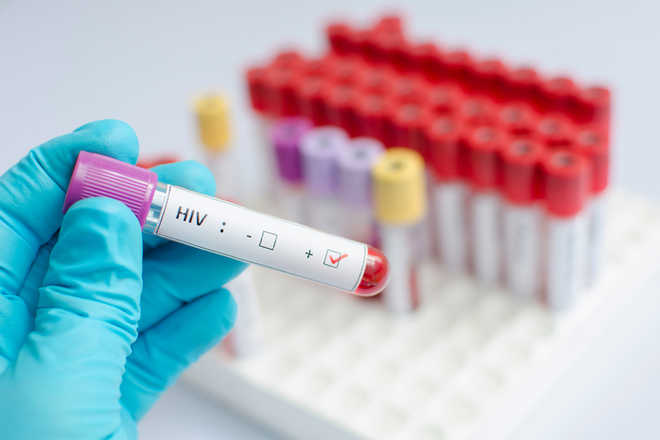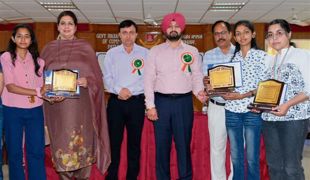
Photo source: Thinkstock
Washington
Scientists have developed a novel method of tracking HIV infection that could help develop new therapies for prevention and treatment of the disease.
The approach allows the behaviour of individual virions — infectious particles — to be connected to infection, researchers said.
"This approach — and the ability to say 'that virion infected that cell' — will help bring clarity to the field," said principal investigator Thomas Hope, a professor at Northwestern University in the US.
"It allows us to understand what the virus really needs to do to infect a cell. It gives us new details, like where in the cell it happens and the timing of specific events. The more we know about the virus, the better our chances are to stop it," Hope said.
The findings could lead to the development of novel therapies for HIV prevention and treatment by providing a deeper understanding of the mechanisms of HIV's lifecycle.
During the course of infection, HIV fuses onto a target immune cell and delivers its capsid — a cone that holds the genetic material of the virus — into the cell's cytoplasm.
From there, the capsid disassembles through a process called "uncoating," which is crucial to the synthesis of viral DNA from its RNA genome and the hijacking of the cell's functions.
In the study, published in the journal Proceedings of the National Academy of Sciences, scientists used a novel live-cell fluorescent imaging system that allowed them for the first time to identify individual particles associated with infection.
They utilised the approach to monitor how the HIV capsid uncoats in the cell at the individual particle level. They demonstrated that uncoating leading to infection occurs early in the cytoplasm, around 30 minutes after cell fusion.
The finding is just one example of novel discoveries about HIV that might now be possible with the imaging system.
"Being able to connect infectivity of individual particles and how they behave in the cell to infection — which is what we really care about — is going to have a big impact on the field," Hope said.
"The system can now be used to resolve other controversies in HIV biology and to determine which potential targets for drug development are most relevant," he said. PTI



























